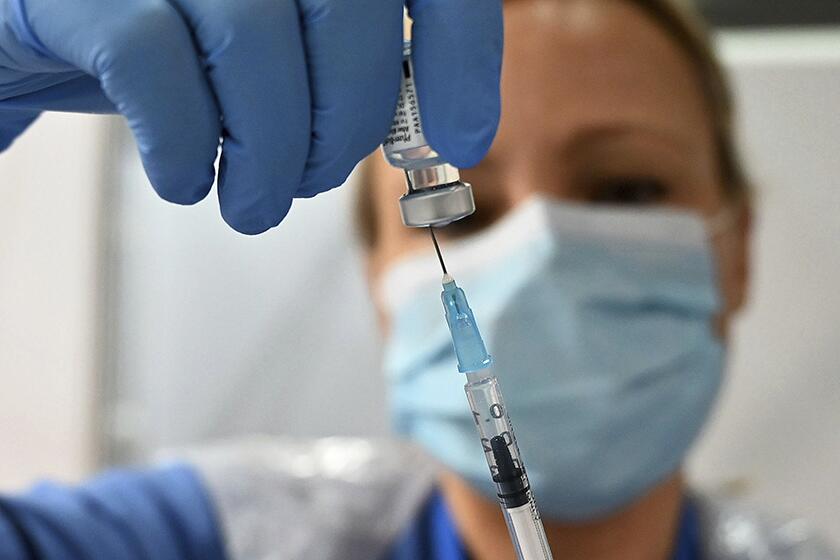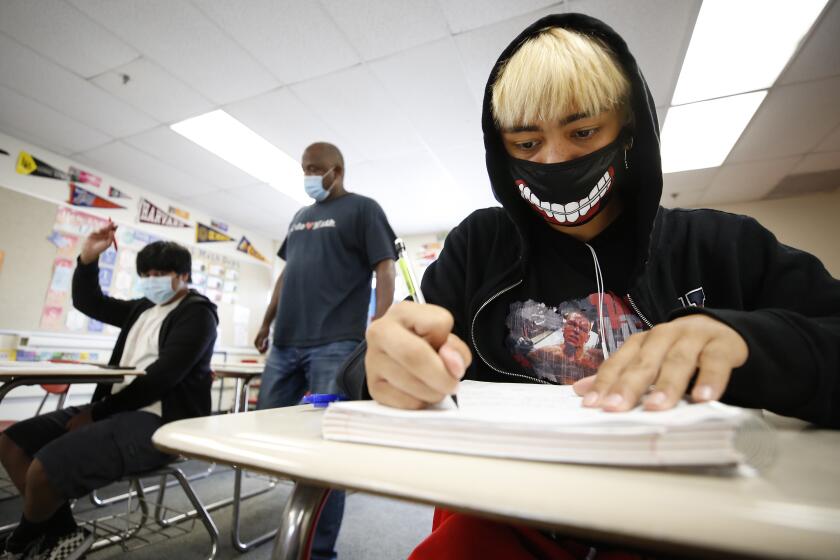Sign up for Essential California
The most important California stories and recommendations in your inbox every morning.
You may occasionally receive promotional content from the Los Angeles Times.
Howard Blume covers education for the Los Angeles Times. He’s won the top investigative reporting prize from the L.A. Press Club and print Journalist of the Year from the L.A. Society of Professional Journalists chapter. He recently retired “Deadline L.A.,” a past honoree for best public-affairs radio program, which he produced and co-hosted on KPFK-FM (90.7) for 15 years. He teaches tap dancing and has two superior daughters.
Karen Garcia is a breaking news reporter at the Los Angeles Times. She was previously a reporter on the Utility Journalism Team, which focused on service journalism. Her previous stints include reporting for the San Luis Obispo New Times and KCBX Central Coast Public Radio.
Colleen Shalby is a reporter for the Los Angeles Times covering transportation and mobility, as well as post-Eaton fire rebuilding efforts. She previously wrote about education and breaking news throughout California. She was part of the team that was a 2020 Pulitzer Prize finalist for coverage of a dive-boat fire off the Santa Barbara coast. Before joining the newsroom in 2015, she worked for PBS NewsHour. She graduated from George Washington University and grew up in Altadena.
More From the Los Angeles Times
Podcasts
In this episode, we discuss the history here, what lessons were learned — and not — and how that can inform what we we do this time around as we attempt to rebuild Altadena and the Pacific Palisades.
This week’s episode covers the sentencing and future legal proceedings for “The Ketamine Queen” — the doctor who pled guilty to supplying Matthew Perry with ketamine.
This week, “A Matter of Degrees,” hosted by Dr. Leah Stokes & Dr. Katharine Wilkinson, discuss how insurance companies are failing to accommodate for the impacts of climate change.


















